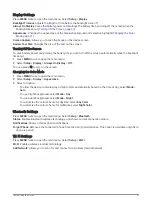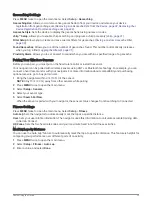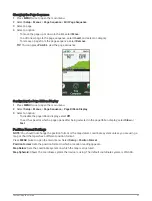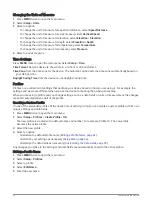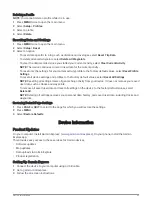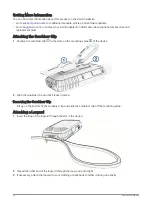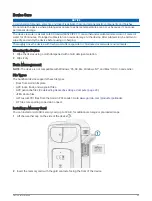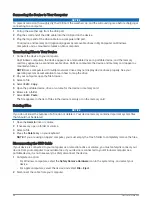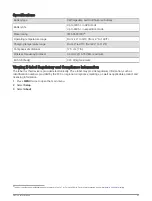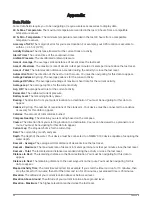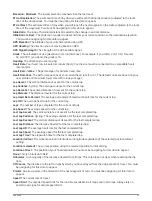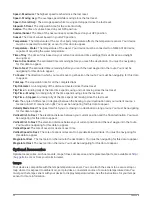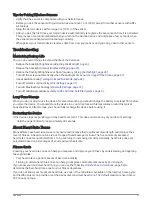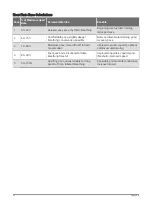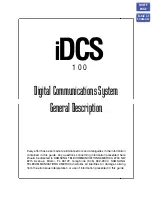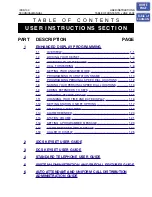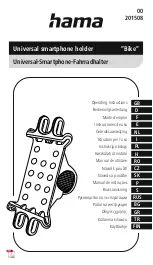
Tips for Pairing Wireless Sensors
• Verify that the sensor is compatible with your Garmin device.
• Before you pair the sensor with your Garmin device, move 10 m (33 ft.) away from other sensors with ANT+
technology.
• Bring the Garmin device within range 3 m (10 ft.) of the sensor.
• After you pair the first time, your Garmin device automatically recognizes the sensor each time it is activated.
This process occurs automatically when you turn on the Garmin device and only takes a few seconds when
the sensors are activated and functioning correctly.
• When paired, your Garmin device receives data from only your sensor, and you can go near other sensors.
Troubleshooting
Maximizing Battery Life
You can do several things to extend the life of the batteries.
• Reduce the backlight brightness (
Adjusting the Backlight, page 4
).
• Reduce the backlight timeout (
).
• Reduce the flashlight brightness or flash frequency (
).
• Turn off the screen automatically when the backlight times out (
Turning Off the Screen, page 37
).
• Use expedition mode (
Turning On Expedition Mode, page 38
).
• Turn off wireless connectivity (
).
• Turn off Bluetooth technology (
).
• Turn off additional satellite systems (
GPS and Other Satellite Systems, page 4
).
Long-Term Storage
When you do not plan to use the device for several months, you should charge the battery to at least 50% before
you store the device. You should store the device in a cool, dry place with temperatures around the typical
household level. After storage, you should fully recharge the device before using it.
Restarting the Device
If the device stops responding, you may need to restart it. This does not erase any of your data or settings.
Hold the power button for approximately 30 seconds.
About Heart Rate Zones
Many athletes use heart rate zones to measure and increase their cardiovascular strength and improve their
level of fitness. A heart rate zone is a set range of heartbeats per minute. The five commonly accepted
heart rate zones are numbered from 1 to 5 according to increasing intensity. Generally, heart rate zones are
calculated based on percentages of your maximum heart rate.
Fitness Goals
Knowing your heart rate zones can help you measure and improve your fitness by understanding and applying
these principles.
• Your heart rate is a good measure of exercise intensity.
• Training in certain heart rate zones can help you improve cardiovascular capacity and strength.
If you know your maximum heart rate, you can use the table (
Heart Rate Zone Calculations, page 52
determine the best heart rate zone for your fitness objectives.
If you do not know your maximum heart rate, use one of the calculators available on the Internet. Some gyms
and health centers can provide a test that measures maximum heart rate. The default maximum heart rate is
220 minus your age.
Appendix
51
Summary of Contents for GPSMAP 67
Page 1: ...GPSMAP 67 Owner sManual...
Page 6: ......
Page 59: ......
Page 60: ...support garmin com GUID 5724F4C0 7557 4C51 BF07 54A567FA4600 v1 March 2023...

